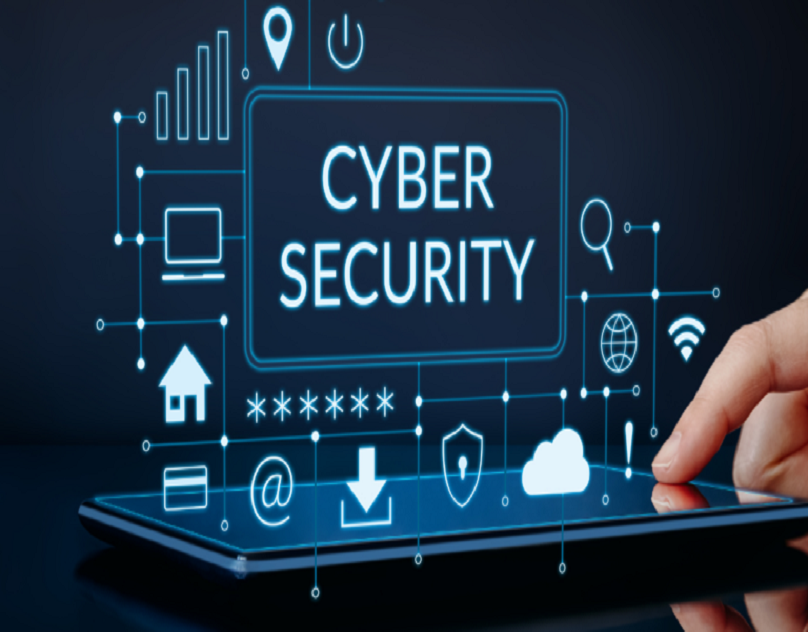Cyber security monitoring services are services that provide continuous monitoring of an organization's IT systems, networks, and data to detect and respond to security threats in real-time. These services use a variety of tools and techniques to detect threats, including intrusion detection systems (IDS), security information and event management (SIEM) systems, vulnerability assessments, and penetration testing.
The benefits of cyber security monitoring services include:
Real-time detection and response to threats: Cyber security monitoring services can help detect and respond to security threats in real-time, reducing the impact of an attack.
Increased visibility and control: These services provide organizations with greater visibility and control over their IT systems, networks, and data, which can help prevent security incidents before they occur.
Reduced risk of data breaches: Cyber security monitoring services can help identify vulnerabilities and potential attack vectors, reducing the risk of data breaches and other security incidents.
Compliance with regulations: Many industries have regulations and standards related to cyber security, and cyber security monitoring services can help organizations meet these requirements.
Cost-effective: Outsourcing cyber security monitoring services can be a cost-effective way to maintain robust security measures without having to invest in expensive hardware and software.
When selecting a cyber security monitoring service, it is important to consider factors such as the provider's expertise, the scope of the services offered, the quality of the tools and techniques used, and the level of customization available to meet the organization's unique needs.
Types of cyber security monitoring services:
Network Monitoring: This involves the continuous monitoring of an organization's network traffic to detect unusual or suspicious activity.
Endpoint Monitoring: This involves the continuous monitoring of an organization's endpoints (e.g. desktops, laptops, servers, mobile devices) to detect and respond to security threats.
Cloud Monitoring: This involves the continuous monitoring of an organization's cloud infrastructure to detect and respond to security threats.
Application Monitoring: This involves the continuous monitoring of an organization's applications to detect and respond to security threats.
Methods Used by Cyber Security Monitoring Services:
Intrusion Detection Systems (IDS): These systems monitor network traffic for signs of intrusion or malicious activity.
Security Information and Event Management (SIEM) Systems: These systems collect and analyze log data from various sources to detect and respond to security incidents.
Vulnerability Assessments: These assessments scan an organization's systems and networks to identify vulnerabilities that could be exploited by attackers.
Penetration Testing: This involves simulating an attack on an organization's systems and networks to identify vulnerabilities and weaknesses that need to be addressed.
Factors to Consider When Choosing a Cyber Security Monitoring Service:
Expertise and experience of the service provider
Scope of services offered (e.g. network monitoring, endpoint monitoring, cloud monitoring)
Quality of tools and techniques used (e.g. IDS, SIEM, vulnerability assessments)
Level of customization available to meet the organization's unique needs
Service level agreements (SLAs) related to response times, incident management, etc.
Cost and budget considerations
Overall, cyber security monitoring services are an important component of a comprehensive cyber security strategy. By providing continuous monitoring and real-time threat detection, these services can help organizations stay ahead of cyber threats and reduce the risk of a security incident.
For More Info:-
cyber security monitoring services






Comments